
Snake Identification in Wisconsin. Wisconsin is home to 20 snake species, some of which are easy to recognize at a glance, while others could be mistaken for another species. In a state with two venomous species, identification can be highly important for avoidance. Non-venomous snakes sometimes bite when threatened, so knowing if the species is venomous is vital.
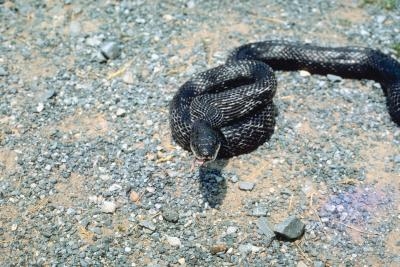
Some of Wisconsin's snakes are easy to recognize thanks to distinct markings. A snake with a dark body, colorful belly and a ring around the neck is either a prairie or northern ring-necked snake. If there is no ring then it is a northern red-bellied snake. The smooth green snake is distinctive and is the state's only fully green species. The eastern milk snake has a distinctive white and reddish-brown banded coloration, with the bands being separated with thin black lines. The brown snake is small with gray-to-brown coloring and rows of small black dots. The queen snake is generally gray with black stripes on its back and yellow stripes along its side.
Some of the state's snakes might be mistaken for other species. The eastern hog-nosed snake looks like a rattlesnake at a glance and even coils up like rattlers do. The stand-out feature on this snake is its upturned, pig-like snout. The northern water snake has a similar pattern to one of the state's venomous species, with a pale background and dark cross-bands. This snake is identified by dark cross-bands that are wider than the pale background; the opposite is true in the similar venomous species.
Garter and ribbon snakes are among the most common types and are generally similar in basic appearance. Usually a dark background color of green to brown is present, with pale cream to yellow stripes along the back and on either side. All five types of the state's garter and ribbon snakes have this basic patterning with slight variations. Butlers garter, eastern plains garter, and common garter snakes are residents, as are the northern and western ribbon snakes.
The state's largest species is distinctive only by size. If it has a thick, brown, mottled body and is over 6 feet long, it is likely a bull snake. A slender snake of around 6 feet with bluish to greenish coloring is likely a blue racer. If it is dark brown to black in color, it is a black rat snake. The western fox snake is usually over 4 feet with a tan coloring, dark blotches and a reddish head.
The two native species to watch out most for are both rattlesnakes -- and with luck, people might hear them before they see or tread on them. The eastern massasauga rattlesnake has a tan to gray thick body with dark blotches. A dark stripe runs from the back of each eye to the snake's neck. The other species is the timber rattlesnake. It grows to around 4 feet and has wide, yellowish-to-orange bands broken with darker, thinner cross-bands. The tail is its distinctive feature, being black and tipped with a large rattle.
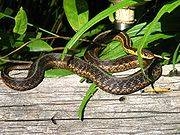 How to Identify the Sex of a Snake
How to Identify the Sex of a Snake
How
How to Identify the Sex of a Snake
How to Identify the Sex of a Snake
How
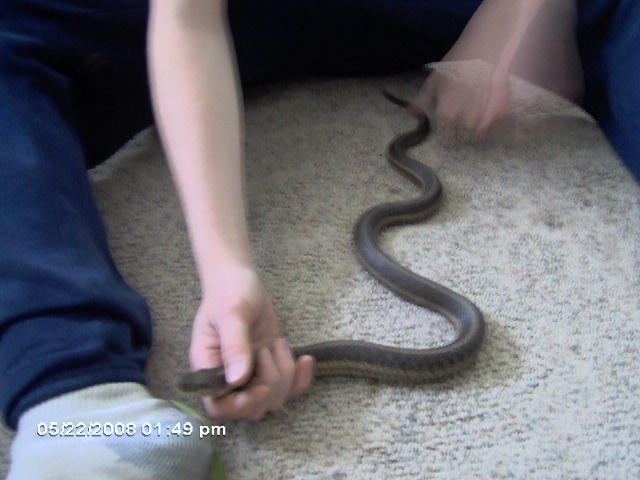 How to Take Care of a Garden Snake
How to Take Care of a Garden Snake
How
How to Take Care of a Garden Snake
How to Take Care of a Garden Snake
How
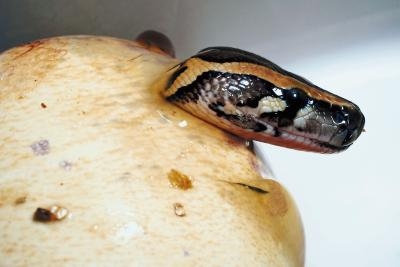 How to Hatch Snakes
How to Hatch Snakes
How to Hatch Snake
How to Hatch Snakes
How to Hatch Snakes
How to Hatch Snake
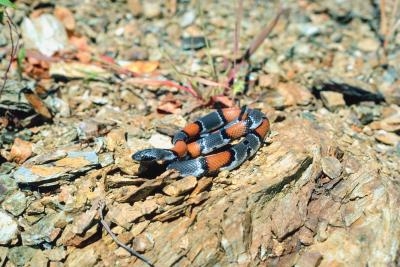 Mississippi King Snakes
Mississippi King Snakes
Mississippi Ki
Mississippi King Snakes
Mississippi King Snakes
Mississippi Ki
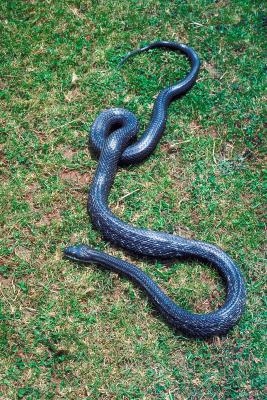 Indigenous Snakes of the Eastern Shore of Maryland
Indigenous Snakes of the Eastern Shore of Mary
Indigenous Snakes of the Eastern Shore of Maryland
Indigenous Snakes of the Eastern Shore of Mary
Copyright © 2005-2016 Pet Information All Rights Reserved
Contact us: www162date@outlook.com